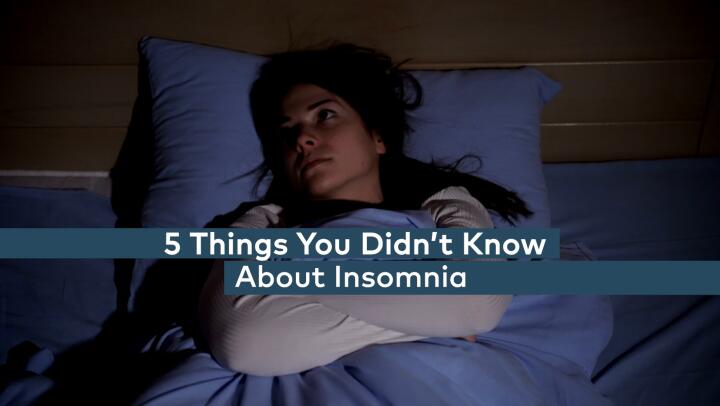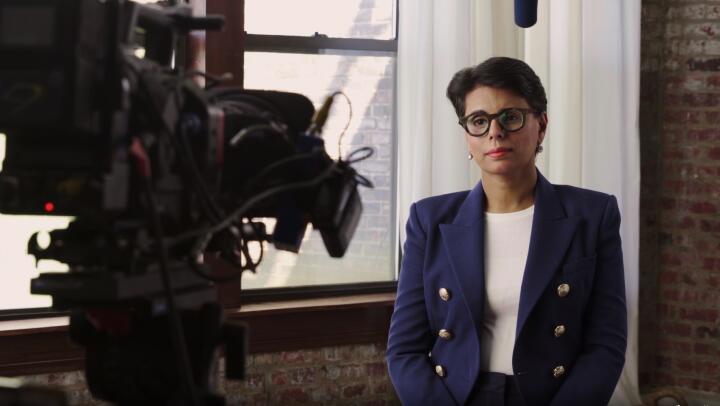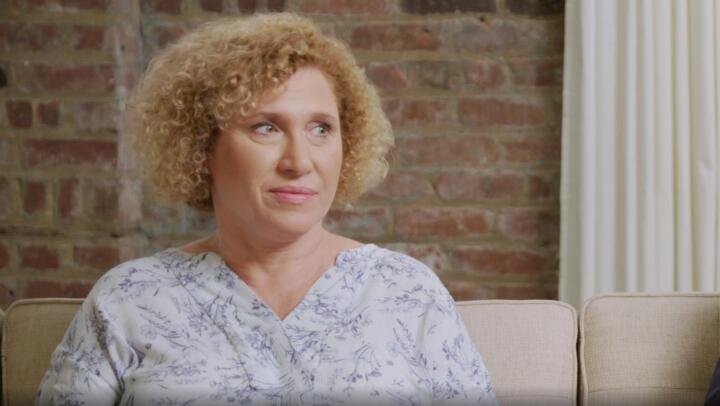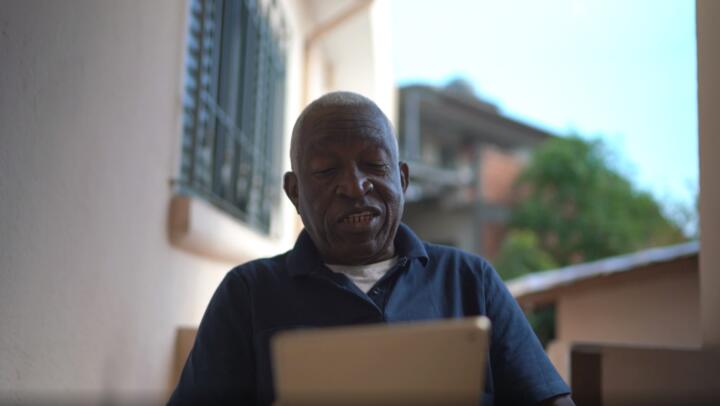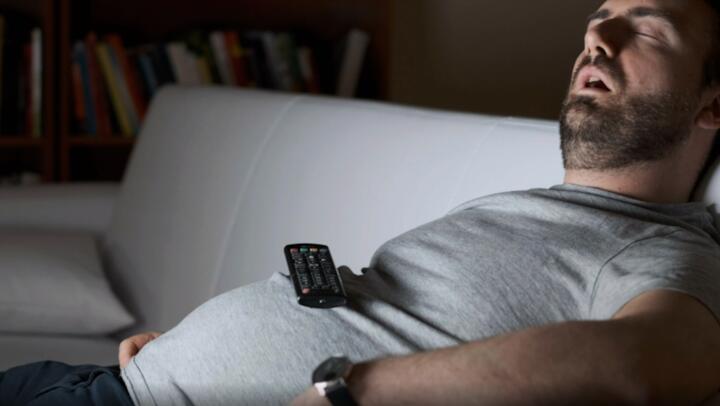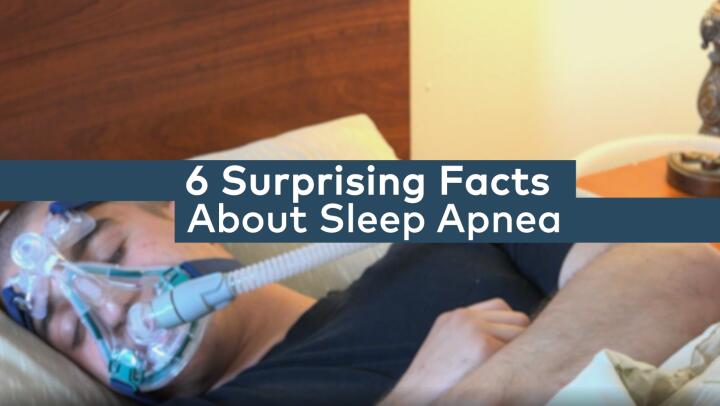
Almost nothing is quite as bad as a terrible night’s sleep--except for a long string of terrible nights of sleep. If you suffer from obstructive sleep apnea, you’re all too familiar with that phenomenon. That’s because people with sleep apnea actually stop breathing for at least ten seconds before resuming a regular breathing pattern again while they’re sleeping, creating a broken pattern of sleep.
But a continuous positive airway pressure (CPAP) machine can help. CPAP treatment is often recommended for people who suffer from obstructive sleep apnea. These machines deliver pressurized air through tubes into the nose or nose and mouth, keeping the throat and airway open while you sleep. The trick is finding the right CPAP mask for you.
Assessing Your Options
Before you can turn on your CPAP machine and look forward to a better night’s sleep, you have to pick a mask. There are several types of CPAP masks for you to choose from.
- Nasal mask. This is the traditional style of CPAP mask. It covers your nose and has a strap that fits around your head to keep it in place.
- Pillow mask. The CPAP machine delivers air to the user through plastic tubing and two “pillows” or small cushions that fit into the nostrils.
- Full-face mask. This CPAP mask doesn’t actually cover your entire face, but it does cover most of the lower half, including your nose and mouth.
Choosing the right CPAP mask for you may be a matter of assessing your specific needs and picking the option that seems best suited for you--and then actually trying it. You may have to try a couple of different types to find the CPAP mask type that is most comfortable for you and most effective at meeting your needs.
Option 1: The Nasal Mask
Many people experience complete satisfaction with the traditional-style nasal mask. You place the mask over your nose. Then you can adjust the strap or straps around your head to make sure the mask fits securely over your nose while you sleep. (Your mouth is not covered by the mask.) This type of mask is a good option for people who tend to breathe through their nostrils, and it’s also a good option for people who tend to sleep on their sides.
However, it’s not for everyone. One downside of this type of mask: facial hair can interfere with getting a good seal. So, if you have a moustache, beard or both, you might want to consider one of the other options.
Option 2: The Pillow Mask
Instead of a regular plastic mask, the nasal pillow mask has two “pillows” or small cushions fit neatly into your nostrils on prongs. Like the traditional nasal mask, the pillow mask is often a good choice for people who inhale and exhale through their nostrils. It can also be a good choice for people with sensitive skin, since other masks may irritate their skin. And it shouldn’t interfere with a beard or moustache, either.
The nasal pillow mask might not be the best option for you, however, if you have very sensitive nasal passages or are prone to nosebleeds. The pillows or cushions may irritate your nostrils or airway.
Option 3: The Full-Face Mask
Are you a mouth-breather? That is, do you breathe in and out through your mouth while you sleep? If the answer is yes, then this mask is the mask to try, since it covers both the mouth and the nose. In fact, if you have trouble keeping your mouth closed while you sleep, this mask may work well for you; the chin strap can help. It can also be a good choice for people who need a higher pressure setting on their CPAP machine. People who tend to suffer from dry mouth may also prefer this style of CPAP mask, since the mask is sealed over the nose and mouth.
Beware: if you get a little claustrophobic, this may not be the mask for you, since it tends to cover more of your face than any other model.
Switching It Up
So, what happens if you try one type of CPAP mask as part of your sleep apnea treatment, and it doesn’t really work for you? You can always switch and try a different type of CPAP mask. Or, in some cases, it might not be the type of mask that’s the problem--it’s the size. Check with a trained technician who can make sure you’re wearing a mask that correctly fits your face and head. If the mask doesn’t fit correctly, you may not be experiencing the full benefits of CPAP treatment.





